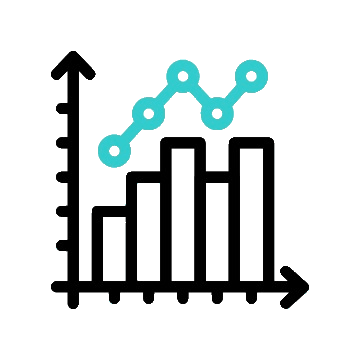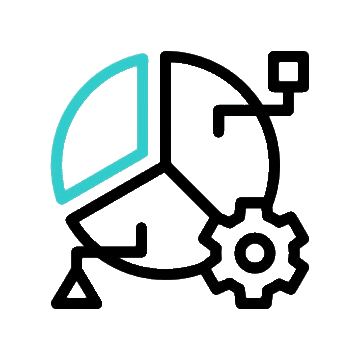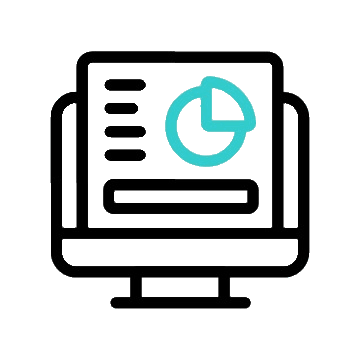DATA SCIENCE
using PYTHON
LIVE ONLINE TRAININGIntroduction of Time Series Forcasting
Introduction to Time Series Forecasting
In today's fast-paced, data-driven environment, the ability to predict future events and trends can provide businesses and researchers with a significant competitive advantage. Whether it's forecasting stock prices, predicting sales, or estimating energy consumption, time series forecasting plays a crucial role in decision-making. But what is time series forecasting, and why is it important?
In this article, we will explore the fundamentals of time series forecasting, its key components, popular methods, and real-world applications to help you understand its value and potential.
What is Time Series Forecasting?
Time series forecasting involves analyzing data collected over time to make informed predictions about future events. A time series consists of a series of observations recorded at regular intervals, such as daily, weekly, monthly, or yearly. Examples of time series data include daily stock market prices, monthly sales revenue, annual rainfall measurements, and hourly energy usage.
Time series data is ordered chronologically, making the sequence of data points essential for interpretation. This temporal aspect brings about specific patterns and structures, including trends and seasonality, that forecasting models must take into account.
Components of Time Series Data
Trend
A Long-term Increase or decrease in the data. For example, an upward trend in online shopping over the years.
Seasonality
Regular, repeating patterns over fixed periods (daily, monthly, etc.For instance, retail sales often spike during festive seasons.
Cyclic Patterns
Fluctuations that don't follow a fixed calender but recur over time, such as economic cycles.
Irregular
Random or unpredictable variations in the data due to unforeseen factors like natural disasters or political events.
Time series data is unique because it has a temporal ordering, meaning that the sequence of data points is crucial to its interpretation. This characteristic presents both challenges and opportunities, such as the ability to identify trends, seasonality, cyclical behavior, and anomalies.
Effective forecasting enables organizations to plan for the future, enhances operational efficiency, reduces costs, and provides a competitive advantage.
With our Data Science course, you'll discover a variety of captivating Time Series Forecasting Methods that will enhance your analytical skills and elevate your projects to new heights.
- Component Factors Affecting Time Series
- Moving Average (MA)
- Exponential Smoothing
- Trend Fitting Models (Linear trend, Quadratic trend, and Exponential trend)
- Autoregressive Integrated Moving Average (ARIMA) Model
- Vector Autoregression (VAR) Model
- Autoregressive Conditional Heteroskedasticity (ARCH) Model
- Generalized Autoregressive Conditional Heteroskedasticity (GARCH) Model
- Long Short-Term Memory (LSTM) Model
- Time series forecasting is a cornerstone of modern analytics, allowing organizations to look ahead and prepare for future demand, risks, and opportunities. With advances in AI and machine learning, forecasting methods are becoming more accurate, scalable, and accessible than ever before.
- Whether you're a business owner, data scientist, or student, understanding time series forecasting can give you the tools to make smarter, data-driven decisions.
- Join us on this journey to unlock the secrets of effective forecasting and make data work for you!



